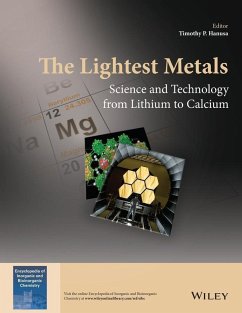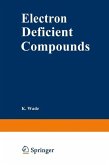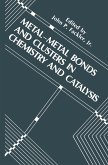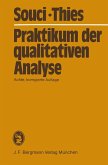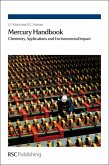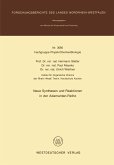The first seven metals in the periodic table are lithium, beryllium, sodium, magnesium, aluminium, potassium and calcium, known collectively as the "lightest metals". The growing uses of these seven elements are enmeshing them ever more firmly into critical areas of 21st century technology, including energy storage, catalysis, and various applications of nanoscience. This volume provides comprehensive coverage of the fundamentals and recent advances in the science and technology of the lightest metals. Opening chapters of the book describe major physical and chemical properties of the metals, their occurrence and issues of long-term availability. The book goes on to disucss a broad range of chemical features, including low oxidation state chemistry, organometallics, metal-centered NMR spectroscopy, and cation-pi interactions. Current and emerging applications of the metals are presented, including lithium-ion battery technology, hydrogen storage chemistry, superconductor materials, transparent ceramics, nano-enhanced catalysis, and research into photosynthesis and photoelectrochemical cells. The content from this book will be added online to the Encyclopedia of Inorganic and Bioinorganic Chemistry: http://www.wileyonlinelibrary.com/ref/eibc
Dieser Download kann aus rechtlichen Gründen nur mit Rechnungsadresse in A, B, BG, CY, CZ, D, DK, EW, E, FIN, F, GR, HR, H, IRL, I, LT, L, LR, M, NL, PL, P, R, S, SLO, SK ausgeliefert werden.

